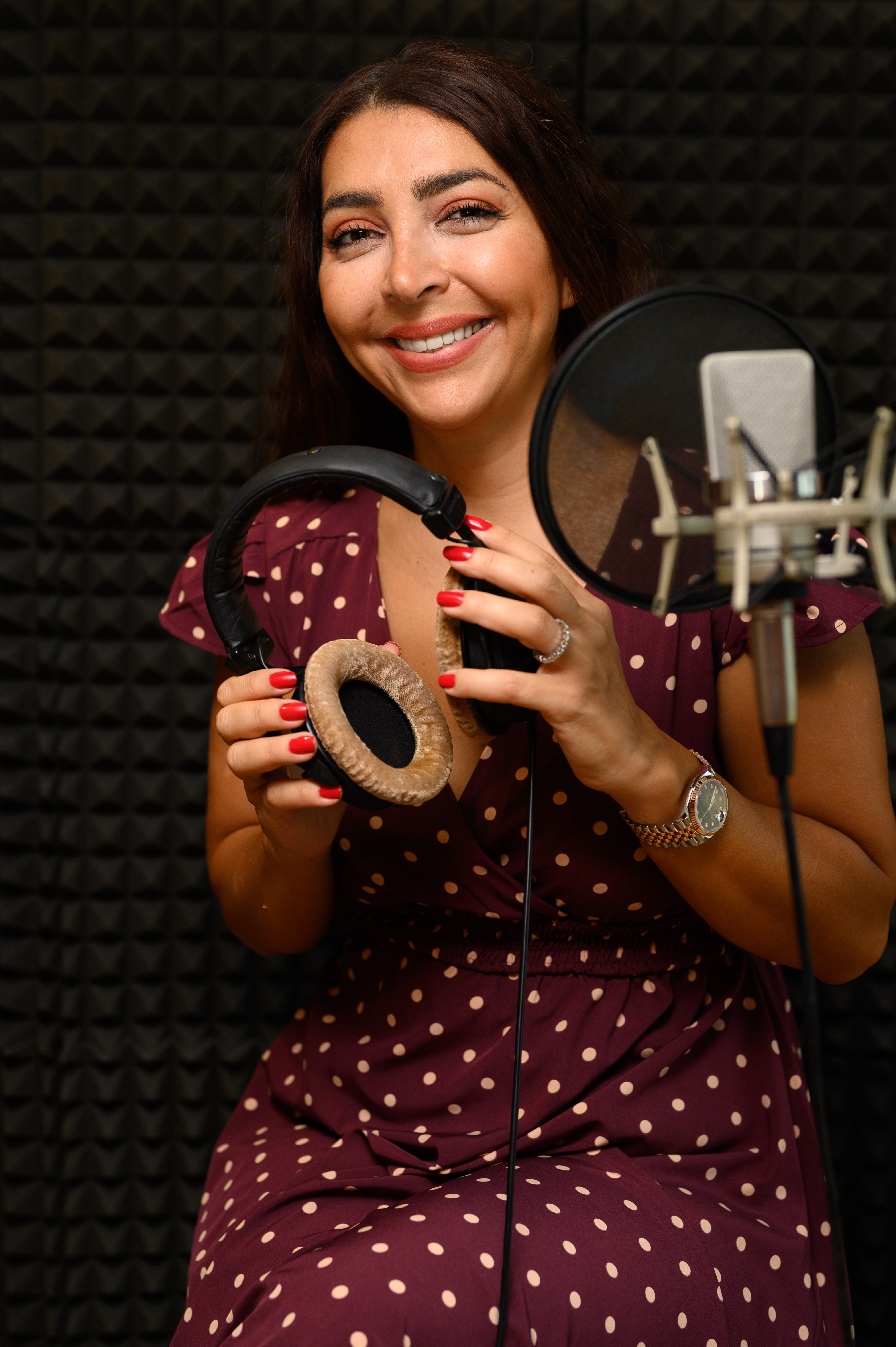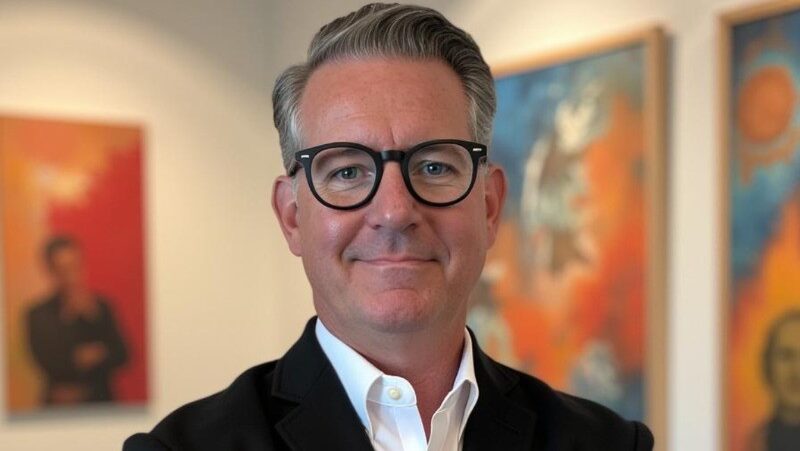Voiceover has dominated the communications industry since 1900 when Reginald Fessenden successfully transmitted the speech on radio through a weather forecast. Today, as marketers and advertisers struggle to keep up with the currents of content flowing online, the human voice can help brands and organizations take their content game up a notch.
According to Maya Sarji, a professional voiceover artist and voice actor, the human voice establishes a connection between the audience and the brand. “If you choose the right voice with the right qualities, a voice that represents your brand, your values, then there is no room for misinterpretation,” explains Sarji.

Sarji reveals to Communicate, why voice can make your approach irresistible and the characteristics brands and marketers need to consider while choosing the suitable voice for their campaigns.
Choose voiceover because it’s the sincerest form of communication
Sarji believes that the human voice helps you “get straight to the point.” While background music can be interpreted differently, voiceover eliminates that risk and helps you speak to your audiences directly. “The emotion a brand might want to target can easily be conveyed with a voiceover,” she added.
With the return of global inflation and the simultaneous recovery from the COVID crises, advertisers can lean on audio advertising. “Production houses sometimes underestimate how voice can become the most effective and budget-efficient tool for storytelling,” says Sarji.
Voiceover is a talent and not acquired
When asked who she thinks can become a voice artist, Sarji emphasized on how this truly depends on two things – talent and patience. “First of all, there is a need to identify if you have the voice or not, it might be easy to imitate someone but to be able to touch the right emotions and feelings is not something everyone can do,” she explains.
With that identified, it is then crucial to be patient. “It takes time to build a reputation as an artist in this industry, while also broadening your spectrum across distinct dialects,” says Sarji. Her experience in the field describes how enthusiasts often get carried away with their obsession with versatility. “There is nothing wrong with recording in just one language, as long as you are able to connotate your client’s requirements in your work. Talent truly matters, and finally, experience. The understanding of which dialects and emotions coincide with your voice comes with time. Everybody has a limitation. Everyone has their set of capabilities. It’s perfectly fine to say that my voice is best suited for documentaries. What’s concerning is if everybody thinks that they can do a documentary, they can do cartoons, they can do news and everything else,” added Sarji.
Technique and tact over overconfidence
Just like any other creative skill set, voiceover also needs to be developed using the right techniques and delivered to the client using tact. “An experienced and established voice artist will have the ability to deal with their clients. From understanding their requirements to delivering, and then maintaining a long-term relationship,” explained Sarji.
Sarji believes that it is crucial for brands and advertisers to also be aware of their requirements, “There have been times where I’ve recorded sessions just like they’ve asked me to and still not satisfied my clients, they tend to change the brief after one or two recording sessions because of their inability to define exactly what it is that they want,” Sarji shared.
“People need to embrace their voices and understand that this is their identity. Where you can always improve your vocal delivery, but you cannot change how you sound. For example, when I train as a speaking coach, I help artists speak better, convey the message and emotions better, but, I cannot turn you into Morgan Freeman!” concluded Sarji.






